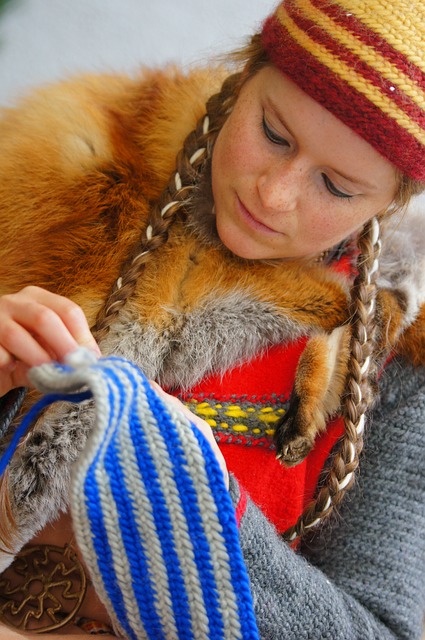Introduction:
As awareness of environmental issues continues to grow, many consumers are seeking eco-friendly clothing options that align with their values and commitment to sustainability. Fortunately, a wide range of sustainable clothing options is available to fit every budget, from affordable and upcycled pieces to high-end, luxury garments. In this blog post, we’ll explore eco-friendly clothing choices at various price points, discuss the benefits of homemade and crafted clothing, and examine the most sustainable materials for a greener wardrobe. Learn more about sustainable living and climate resilience at ClimatewiseLiving.com.
- Low-Cost Eco-Friendly Clothing Options
Sustainable clothing doesn’t have to break the bank. Consider these affordable options:
- Thrifting: Buying secondhand clothing from thrift stores, consignment shops, or online platforms like Depop and Poshmark helps reduce waste and extend the lifespan of garments.
- Upcycling: Transform old or damaged clothing into new, fashionable pieces with some creativity and basic sewing skills.
- Affordable Sustainable Brands: Many brands offer eco-friendly garments at accessible price points. Examples include Alternative Apparel, Pact, and Thought Clothing.
- Mid-Range Eco-Friendly Clothing Options
For those willing to invest a bit more in their wardrobe, consider these mid-range sustainable clothing choices:
- Ethical Brands: Many ethical fashion brands prioritize sustainable materials, fair labor practices, and transparency. Examples include People Tree, Patagonia, and Everlane.
- Timeless Pieces: Invest in high-quality, classic garments that are less likely to go out of style and will last for years, reducing the need for frequent replacements.
- Renting and Swapping: Use clothing rental services like Rent the Runway or participate in clothing swaps with friends to access new, stylish pieces without contributing to fast fashion.
- High-End Eco-Friendly Clothing Options
For those seeking luxury and sustainability, explore these high-end eco-friendly clothing choices:
- Designer Sustainable Fashion: Several luxury fashion brands are embracing sustainability, using environmentally friendly materials and production methods. Examples include Stella McCartney, Eileen Fisher, and Reformation.
- Custom-Made Pieces: Invest in custom-made clothing that fits your unique measurements, ensuring a better fit and longer-lasting garments.
- Slow Fashion: Support slow fashion brands that prioritize quality, craftsmanship, and ethical production over mass-produced, disposable clothing.
- Homemade and Crafted Clothing
Creating your own clothing or purchasing handcrafted garments from artisans can be a rewarding and eco-friendly option:
- DIY Clothing: Sewing, knitting, or crocheting your own clothing allows you to choose sustainable materials and create unique, customized pieces.
- Supporting Local Artisans: Buying handmade clothing from local artisans not only supports small businesses but also reduces the environmental impact of transportation and mass production.
- Sustainable Clothing Materials
When choosing eco-friendly clothing, pay attention to the materials used:
- Organic Cotton: Unlike conventional cotton, organic cotton is grown without harmful pesticides and chemicals, making it more sustainable and better for the environment.
- Hemp: Hemp is a fast-growing, low-impact crop that requires little water and no pesticides, making it an eco-friendly choice for clothing.
- Tencel: Tencel, a sustainable fabric made from wood pulp, is biodegradable, requires less water and energy to produce, and has a soft, luxurious feel.
Conclusion:
Eco-friendly clothing options are available at various price points, making sustainable fashion accessible to everyone. By choosing secondhand, upcycled, or ethically-produced garments and prioritizing sustainable materials, you can build a greener wardrobe that aligns with your commitment to environmental responsibility. To learn more about sustainable clothing and other eco-friendly living practices, visit ClimatewiseLiving.com.

Comments are closed